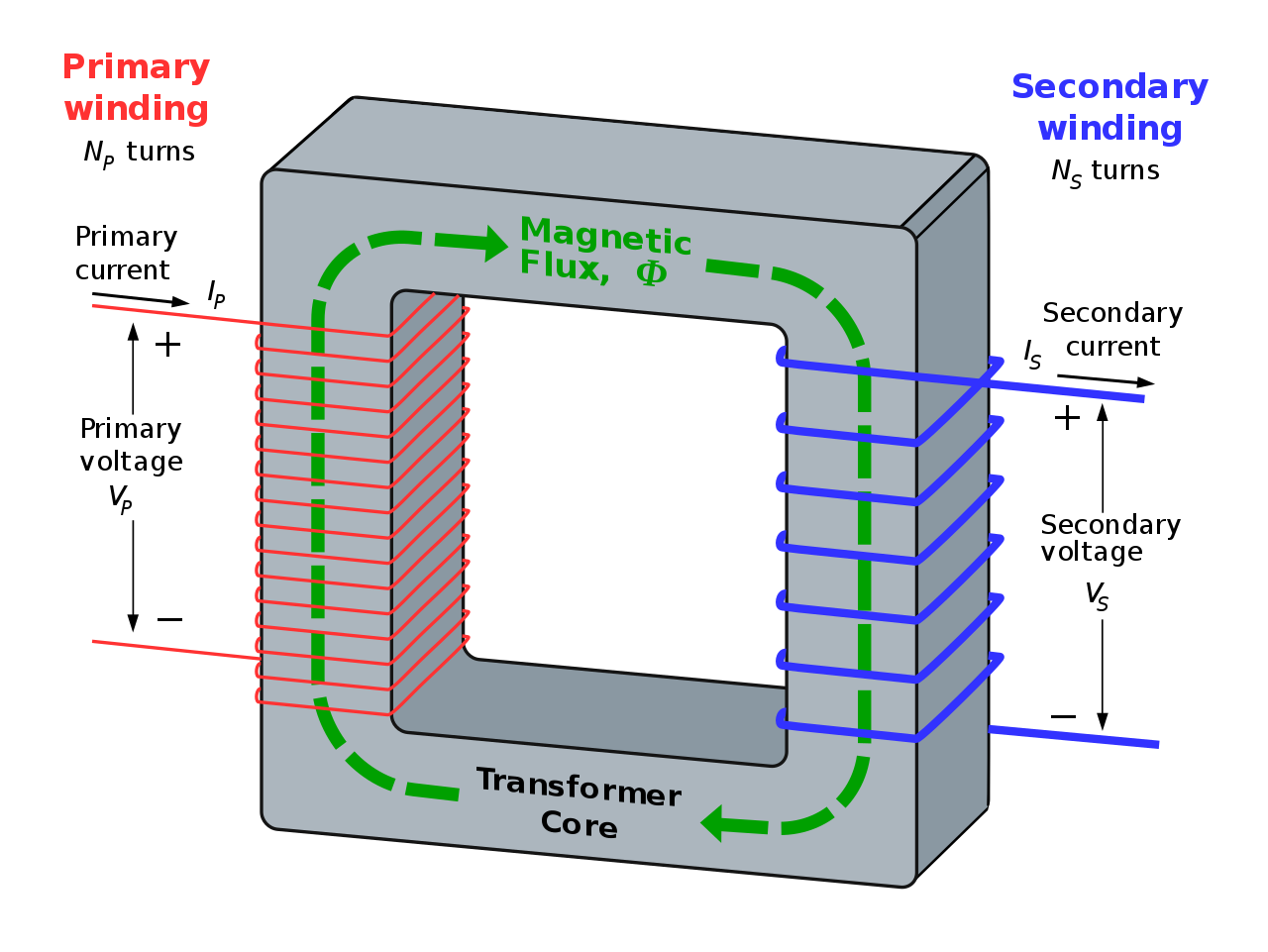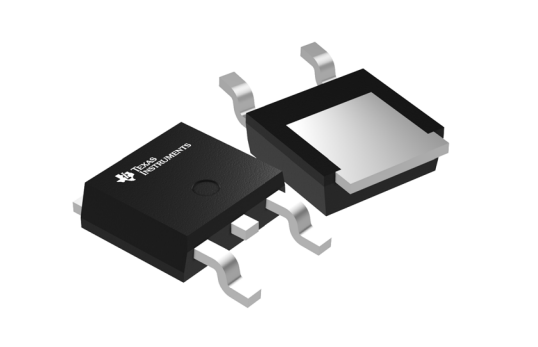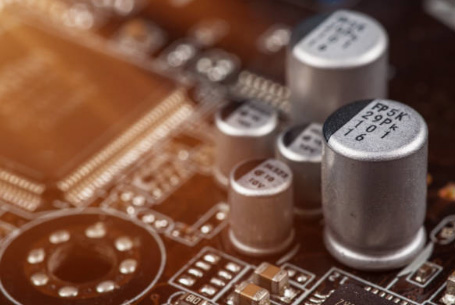How Does a Transformer Work? Understanding the Engineering Behind Power Distribution
25 April 2024
Introduction
A transformer is an electrical device that transfers electrical energy between two or more circuits through electromagnetic induction. It is a key component in power distribution and electrical isolation systems. This article will introduce how does a transformer work, focusing on its basic principles and the functions of its core components:
1. What is a Transformer
A transformer is a critical electrical device used primarily to change the voltage levels in alternating current (AC) electrical circuits, without altering the frequency. This ability to efficiently step up or step down voltage levels enables the safe and economical transmission and distribution of electrical power across long distances. Transformers are also crucial for providing electrical isolation between circuits, which enhances safety and noise reduction in electrical systems.
2. Principles of Electromagnetic Induction
The operation of a transformer is based on the principle of electromagnetic induction, discovered by Michael Faraday in the 1830s. This principle states that a changing magnetic field within a coil of wire induces a voltage across the ends of the coil.

• Electromagnetic induction has two fundamental laws:
Faraday's Law of Electromagnetic Induction: This law states that the induced electromotive force (EMF) in any closed circuit is equal to the rate of change of the magnetic flux through the circuit. In simpler terms, a voltage is induced in a coil when it is exposed to a changing magnetic field.
Lenz's Law: This law states that the direction of the induced EMF and the resulting current in a closed circuit will oppose the change in magnetic flux that produces them. It is a manifestation of the conservation of energy.
• Here's a simple way to understand it:
Imagine you have a coil of wire connected to a battery. When electricity flows through this coil, it creates a magnetic field around it — kind of like how a magnet works.
Now, if you have another coil next to the first one but not touching, and you suddenly turn the electricity on or off in the first coil, the change in the magnetic field around the first coil will cause electricity to flow in the second coil too. This happens without the coils touching each other — they just need to be close.
•This is what's happening inside a transformer:
The first coil (we call this the primary coil) gets electricity from the power source, and it uses that electricity to create a magnetic field.
The second coil (the secondary coil) is close to the first and picks up on these changes in the magnetic field, which in turn generates electricity in the second coil. This can increase or decrease the voltage depending on how the transformer is designed.
By adjusting the number of loops in each coil, a transformer can change the voltage to a higher or lower level as needed. This principle allows transformers to efficiently handle electricity and make it suitable for everything from charging your smartphone to powering an entire city.
3. Core Components of a Transformer
3.1 The Core
The core of a transformer is typically made from layers of silicon steel or ferrite, which helps channel the magnetic field between the primary and secondary windings. Its main role is to efficiently transfer magnetic flux, ensuring minimal energy loss and optimal performance.
3.2 Windings
Primary Winding: Connected to the power source, it creates a magnetic field as electricity flows through it.
Secondary Winding: Captures the magnetic field from the primary to produce electricity at a new voltage. The number of turns in each winding dictates whether the voltage increases or decreases.
3.3 Insulation and Cooling Systems
Insulation: Essential to prevent electrical shorts between windings, common materials include paper and resin.
Cooling Systems: Necessary to dissipate heat generated during operation. Small transformers use air cooling, while larger ones may use oil cooling to enhance heat transfer and provide additional insulation.
4. How Transformers Work
4.1 Voltage Transformation and the Turns Ratio
Voltage Transformation: Transformers adjust voltage levels based on the turns ratio—the number of windings in the primary coil compared to the secondary coil. More windings in the secondary than the primary increase voltage (step-up), while fewer windings decrease it (step-down).
Turns Ratio: The voltage induced in the secondary winding is proportional to the ratio of the number of turns in the secondary winding to the number of turns in the primary winding. This ratio is known as the turns ratio. Mathematically, it's represented as:

(Where Vs and Vp are the voltages in the secondary and primary windings, and Ns and Np are the number of turns in the secondary and primary windings, respectively.)
4.2 Energy Transfer Mechanism
Energy in a transformer moves via electromagnetic induction:
Primary Coil: AC current flows through, creating a magnetic field.
Magnetic Core: Channels this field to the secondary coil.
Secondary Coil: The changing magnetic field induces voltage here without direct electrical contact. The strength of this voltage is influenced by the magnetic field and the turns ratio.
This method transfers electricity efficiently and safely, ensuring no direct electrical connection between input and output.
5. Types of Transformers and Their Applications
Transformer Type | Functionality | Common Applications |
Step-Up Transformer | Increases voltage from primary to secondary coil | Power transmission over long distances |
Step-Down Transformer | Decreases voltage from primary to secondary coil | Local distribution networks, consumer electronics |
Isolation Transformer | Provides voltage conversion without physical connection and isolates circuits for safety | Medical equipment, sensitive electronics |
Autotransformer | Uses a single winding to step up or step down voltage | Audio systems, laboratory applications |
Current Transformer | Measures and monitors the current without direct contact with the high-voltage circuit | Electrical metering, system protection |
5.1 Step-Up and Step-Down Transformers
Step-Up Transformers: These increase the voltage from the primary to the secondary coil. They are essential in power transmission across long distances where high voltage is needed to minimize energy loss.
Step-Down Transformers: These decrease the voltage from the primary to the secondary coil, making the power safer for residential and commercial use where lower voltages are required.
5.2 Isolation Transformers
Isolation transformers provide safety by separating two circuits and preventing direct current flow between them. This separation helps prevent electrical shock and protects sensitive equipment from power surges and interference, making them crucial in medical equipment and sensitive electronics.
5.3 Special Types of Transformers
Autotransformers: Use a single, continuous winding that acts as both the primary and secondary, allowing for compact design and cost-efficiency. They are used where a slight voltage adjustment is needed, such as in voltage regulators.
Current Transformers: Designed to produce a reduced current accurately proportional to the current in its primary circuit, making them essential for monitoring and protection in electrical power systems.
RFQ
• What is a transformer?
A transformer is an electrical device that changes the voltage of alternating current (AC) electricity. It does this through electromagnetic induction, allowing for safe and efficient power transmission and distribution.
• How do step-up and step-down transformers differ?
Step-Up Transformers increase the voltage from the primary (input) side to the secondary (output) side, useful in power transmission lines.
Step-Down Transformers decrease the voltage, making the electricity safe for everyday use in homes and businesses.
• What are isolation transformers used for?
Isolation transformers are used to transfer electrical power from a source of alternating current (AC) power to a device while isolating the powered device from the power source for safety. They are commonly used in places where electrical equipment is sensitive or where safety is a priority, such as in hospitals and laboratories.
• Why are transformers important in our electrical systems?
Transformers are crucial for adjusting voltage to appropriate levels for various uses, ensuring efficiency and safety in power distribution. They allow high-voltage transmission over long distances and then reduce this voltage for consumer use, minimizing energy loss.
• Can transformers work with direct current (DC)?
No, standard transformers do not work with direct current (DC) as they rely on the changing magnetic fields produced by alternating current (AC). However, special types of transformers and converters are used in DC applications.
• How often do transformers need maintenance?
Transformers require regular maintenance to ensure reliable operation and long service life. This may include inspections, testing, and servicing tasks such as cleaning, tightening connections, checking insulation, and oil analysis. The frequency depends on the transformer’s size, age, and operating conditions.
• What is a current transformer?
A current transformer (CT) is used for measuring alternating current (AC). It produces a current in its secondary which is proportional to the current in its primary, and is typically used in metering and protective relays in the electrical power industry.














